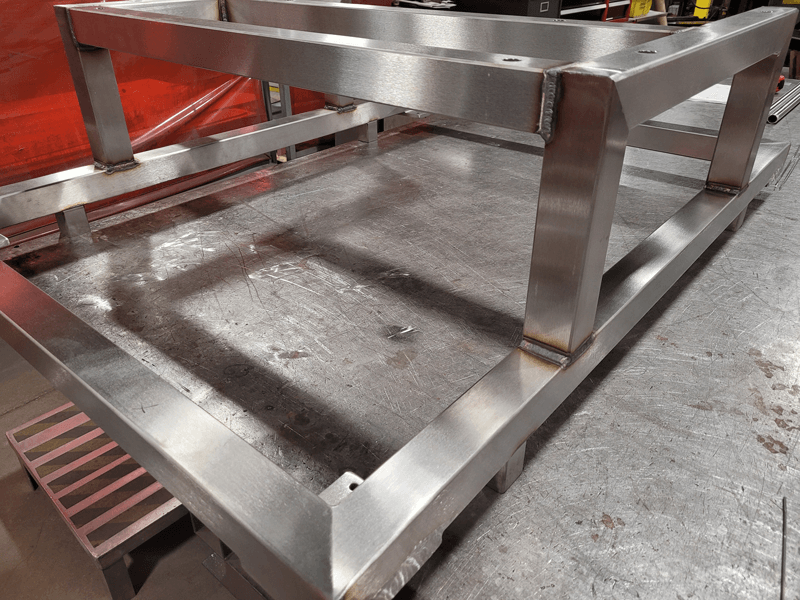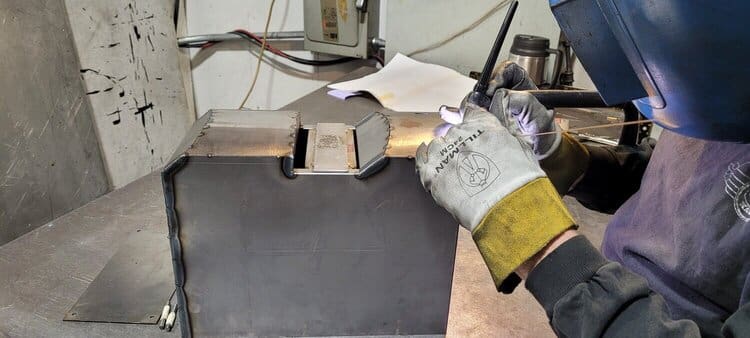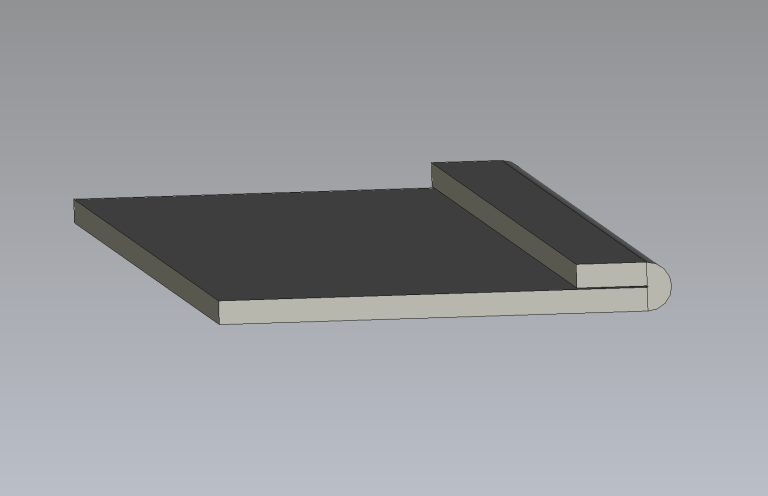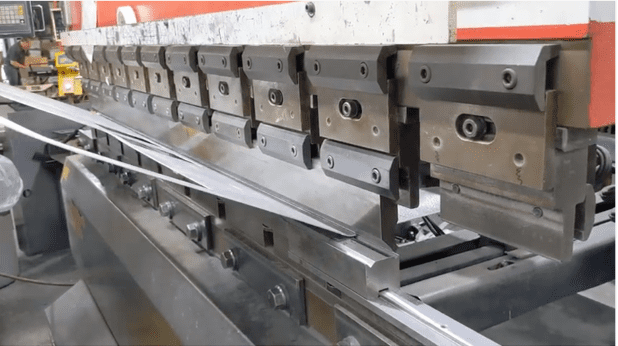Hacksaw: A Comprehensive Guide to Choosing and Using This Essential Cutting Tool
A hacksaw is a versatile and essential cutting tool widely used in various industries, including construction, metalworking, and woodworking. Known for its fine-toothed blade and adjustable frame, a hacksaw is designed to cut through a range of materials like metal, plastic, and wood. This guide explores the features, types, uses, and maintenance of hacksaws, providing valuable insights into making the most of this indispensable tool. Additionally, we’ll touch on the relationship between hacksaws and geogrids in construction projects.
What is a Hacksaw and How Does It Work?
A hacksaw is a hand-operated saw with a fine-toothed blade set in a C-shaped frame, making it ideal for precision cutting. The blade is tensioned between the frame’s two arms, and as you push or pull the saw, the teeth cut through the material. Hacksaws are primarily used for cutting metal but are also effective on plastic and wood. Their design allows for quick blade changes and adjustments, making them suitable for various tasks.
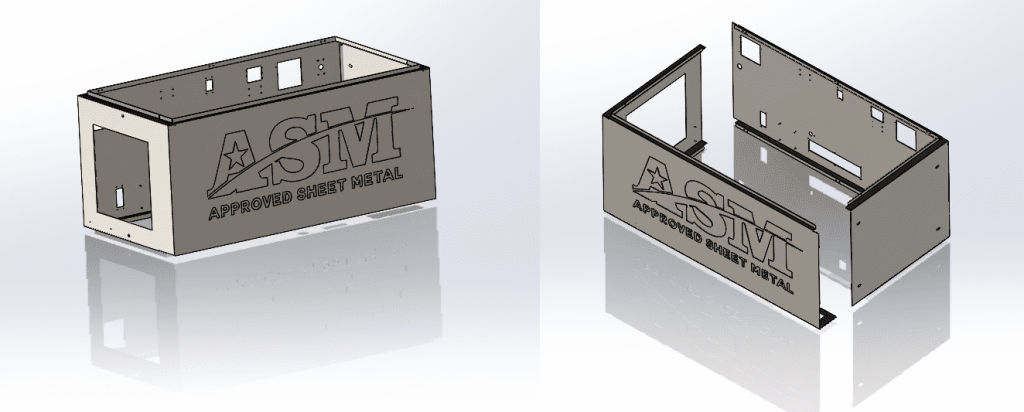
Key Features of a Hacksaw:
- Fine-toothed blades
- Adjustable frames for different blade lengths
- Blades made of high-speed steel or carbon steel
What Are the Different Types of Hacksaws?
There are several types of hacksaws, each designed for specific applications. Understanding the different types can help you select the right tool for your needs:
- Standard Hacksaw: The most common type, featuring an adjustable frame that can accommodate blades of different lengths. It is suitable for general-purpose cutting.
- Junior Hacksaw: A smaller, lightweight version of the standard hacksaw, ideal for cutting thin materials like small metal rods or plastic pipes.
- Mini Hacksaw: Compact and easy to handle, this type is great for tight spaces or confined areas where a full-sized hacksaw cannot fit.
- Power Hacksaw: An electric or hydraulic version, designed for heavy-duty cutting tasks, commonly used in industrial applications.
Each type has its advantages and is suited to specific tasks. For instance, the junior hacksaw is perfect for small, detailed work, while the power hacksaw is better for cutting through thicker, tougher materials.
How Do You Properly Use a Hacksaw?
Using a hacksaw properly ensures safety, accuracy, and efficiency. Follow these steps to make the most out of your hacksaw:
- Select the Right Blade: Choose a blade suitable for the material you are cutting. Blades vary in teeth per inch (TPI); higher TPI is ideal for cutting metals, while lower TPI is better for wood and plastic.
- Install the Blade Correctly: Make sure the blade is securely tightened in the frame, with the teeth pointing forward for cutting on the push stroke.
- Mark the Cut Line: Use a marker or scribe to mark the area where you want to cut. This helps in achieving a straight and precise cut.
- Maintain a Steady Grip: Hold the hacksaw with a firm grip and maintain a steady pace. Use long, even strokes to ensure smooth cuts and reduce wear on the blade.
- Apply the Right Amount of Pressure: Avoid excessive force; let the blade do the work. Applying too much pressure can damage the blade or the material being cut.
What is the Relationship Between Hacksaws and Geogrids in Construction?
In construction projects, both hacksaws and geogrids play significant roles. Geogrids are geosynthetic materials used for soil stabilization and reinforcement in infrastructure projects such as roads, retaining walls, and embankments.
Hacksaws come into play when cutting geogrid materials to size. Though geogrids are typically made from tough polymer or fiberglass, a fine-toothed hacksaw blade can effectively cut them to the desired shape and size, especially during the installation process. This allows for precision fitting in areas that require custom-sized geogrid sections for optimal reinforcement.
Benefits of Using a Hacksaw to Cut Geogrids:
- Precision in shaping and fitting
- Easy handling of tough, durable materials
- Minimal waste of geogrid material during cutting
Hacksaws are indispensable tools for cutting various materials, from metal to plastic and even specific construction materials like geogrids. Understanding the types, proper usage, and maintenance of hacksaws can significantly enhance your cutting efficiency and safety. In construction, hacksaws prove valuable when working with geogrids, allowing for precise, custom cuts to ensure optimal soil stabilization and reinforcement. Whether you are a DIY enthusiast or a professional in the construction industry, mastering the hacksaw can greatly expand your capabilities and project outcomes.
